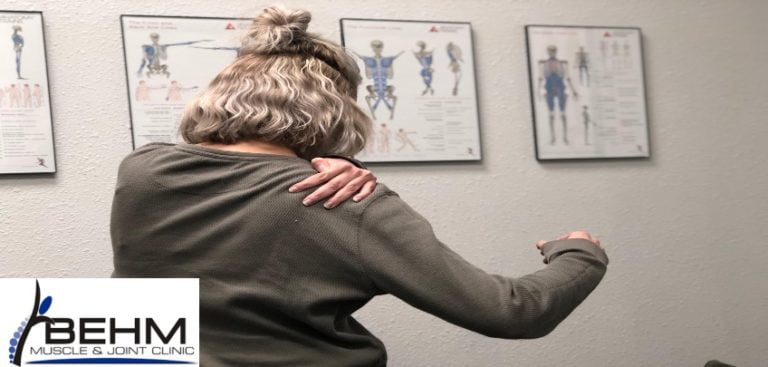Frozen Shoulder Defrost
What is frozen shoulder
Your shoulder is made up of three bones that form a ball-and-socket joint. They are your upper arm (humerus), shoulder blade (scapula), and collarbone (clavicle). There’s also tissue surrounding your shoulder joint that holds everything together called the shoulder capsule. Frozen shoulder also known as adhesive capsulitis, is a common condition in which the shoulder stiffens, reducing its mobility.
With frozen shoulder, the capsule becomes so thick and tight that it’s hard to move. Bands of scar tissue form and there is less synovial fluid to keep the joint lubricated. Symptoms include pain and stiffness in the shoulder joint and difficulty with movement.
Stages of frozen shoulder
Symptoms are usually classified in three stages, as they worsen gradually and then resolve. The American Academy of Orthopedic Surgeons describes the following three stages:
- Freezing, or painful stage: Pain increases gradually, making shoulder motion harder and harder. Pain tends to be worse at night.
- Frozen: Pain does not worsen, and it may decrease at this stage. The shoulder remains stiff and movement may be restricted.
- Thawing: Movement gets easier and may eventually return to normal. Pain may fade but occasionally recur.
Frozen shoulder treatment options
The good news is that over 90 percent of people find that with simple exercises and pain control, symptoms improve. Treatment options vary based on which stage you are in however conservative treatment options almost always resolve the problem. Treatments vary depending on the goal. Usually, pain modulation therapies are used in the freezing stage and more stretching and lengthening therapies are used in the frozen stage.
In our office we utilize Chiropractic treatment to the joints of the mid back and neck to improve motion and decrease pain. Manual therapy (such as stretching, Active Release Techniques, dry needling, etc.) to address the tone and spasm in the muscles of the shoulder as well as passive range of motion exercises and an effective home exercise program. Below is an example of a passive range of motion exercise used to regain shoulder flexion by moving the body as opposed to the painful arm.

Start with painful shoulder rested on table

Roll chair away from table to passively regain shoulder flexion
Frozen shoulder is often a diagnosis that takes time to heal completely. It is important to consistently perform your prescribed exercises as they prevent you from losing range of motion long term. Exercises progress and are intended to regain glenohumeral movement. Below is a video of another passive range of motion exercise intended to regain shoulder flexion without inflaming the joint.
The Behm Muscle & Joint approach to frozen shoulder
At Behm Muscle & Joint Clinic in Bellevue, NE our licensed Chiropractors are trained in various manual therapy techniques as well as have a background in exercise science. The combination of Chiropractic treatments with manual therapies (Active Release Techniques, dry needling, P.I.R. stretching) with a personalized exercise prescription allows us to assist you through the various stages of a frozen shoulder diagnosis.
To schedule a consultation or for answers to questions regarding the treatment of frozen shoulder, please call 402-292-1450.
About the author
Dr. Behm was born and raised in Papillion, NE. He received his Bachelor’s degree in Exercise Science from the University of Nebraska – Omaha and following his undergraduate studies was a certified personal trainer (NSCA-CPT – National Strength and Conditioning Association) in the Omaha area for years, helping clients achieve their health and fitness goals. He received his Doctorate in Chiropractic from Cleveland Chiropractic College – Kansas City. While in school, he received multiple certifications to increase his knowledge of the human body and how to properly assess and treat his patients. This translates into our integrative approach to Chiropractic care and our combination of therapies to better address your musculoskeletal complaints. Dr. Behm is excited to return to his hometown and serve the community around him.
